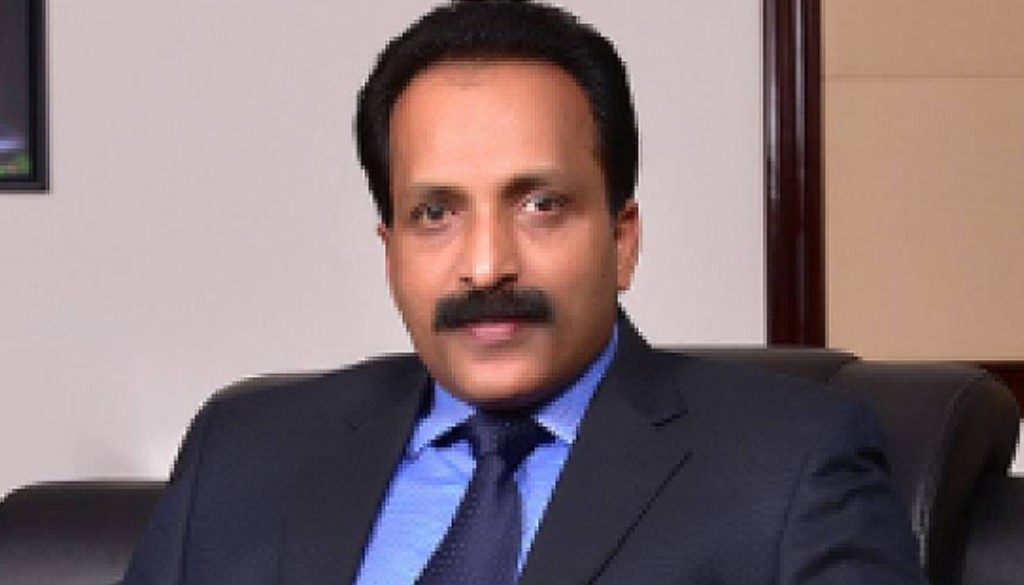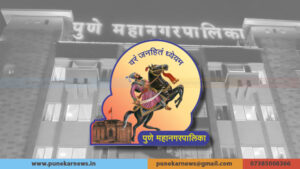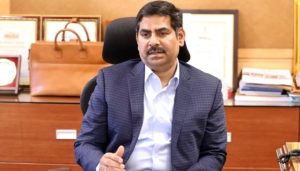“An Indian lands on the moon, until then…” ISRO Chief Somanath revealed the country’s next mission.

Ahmedabad, 17th April 2024: The Indian Space Research Organisation (ISRO) will continue its Chandrayaan series of lunar exploration missions. ISRO Chairman S. Somanath said on Wednesday that this exploration will continue until an Indian astronaut lands on the moon. It is noteworthy that in August last year, ISRO’s Chandrayaan-3 spacecraft made history by achieving a soft landing on the lunar south pole. This achievement made India the first country to do so. ISRO Chief Somanath was speaking as the chief guest at a program organized by the Astronomical Society of India in Ahmedabad on Wednesday. He told reporters at the event, “Chandrayaan-3 has performed very well. Data has been collected and scientific publications have just begun. Now, we want to continue the Chandrayaan series until an Indian astronaut lands on the moon. Before that, we need to master several technologies, such as going there and returning. We are trying to do that in the next mission. He also discussed India’s first human spaceflight mission, Gaganyaan, stating that ISRO will conduct a human-less mission, a test vehicle flight and an air drop test this year. The ISRO chief said, “The air drop test will take place on April 24. Then, next year, there will be two more human-less missions, followed by a human mission by the end of the next year, if everything goes well.
The Gaganyaan project envisions launching a three-member team into a 400 km orbit for a mission lasting three days. Upon returning to Earth safely by landing in the Indian Ocean, it aims to demonstrate human spaceflight capabilities. Regarding the rocket engines, ISRO’s newly developed carbon-carbon (C-C) nozzles have been mentioned. The ISRO chief stated that these nozzles, being lightweight, will enhance payload capacity and will be used in deploying polar satellites or in the PSLV (Polar Satellite Launch Vehicle). Somnath stated that this is the technology they have been wanting to develop for many years. They have now achieved expertise in it, manufactured it and tested it in the engine. It offers weight advantages compared to metals and allows operations at high temperatures. The reduced weight improves the engine’s performance and payload capacity. They plan to use it in the PSLV.
In a press release on April 16, ISRO announced that it has achieved success in rocket engine technology with the development of lightweight C-C nozzles for rocket engines, resulting in an increase in payload capacity.








